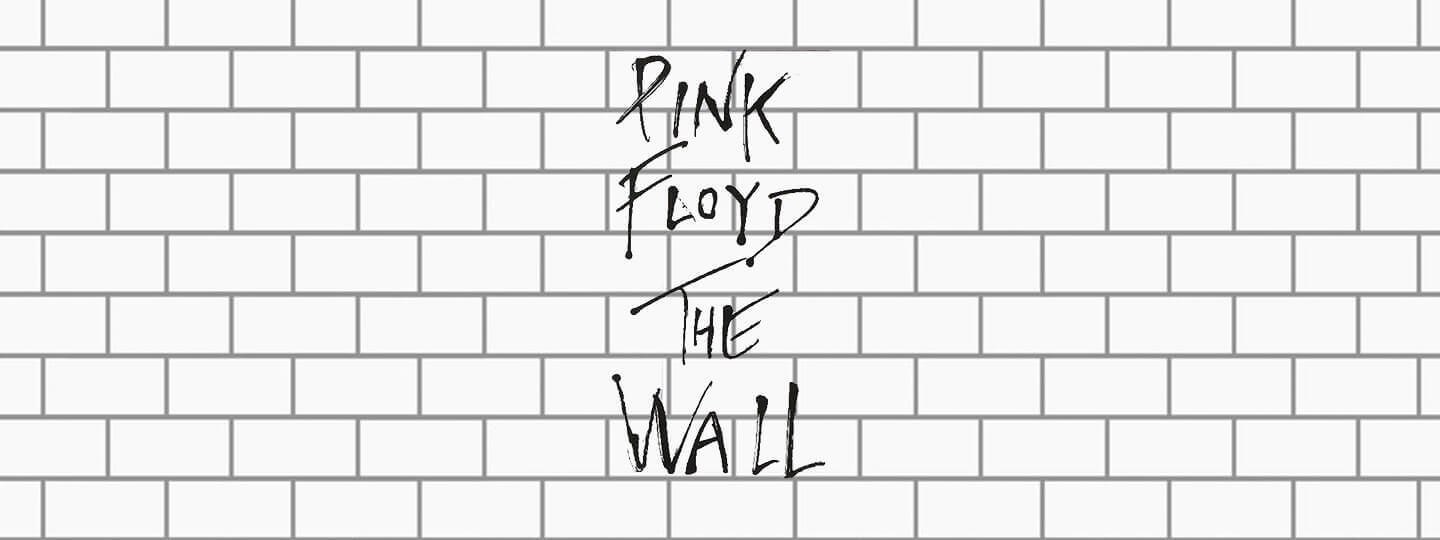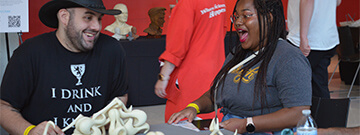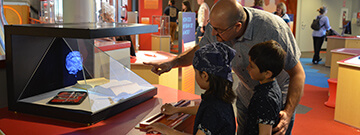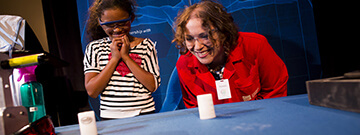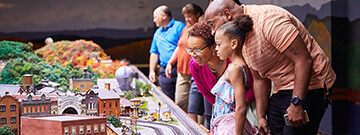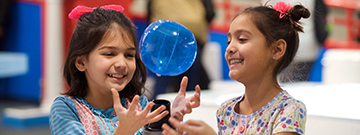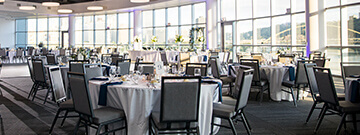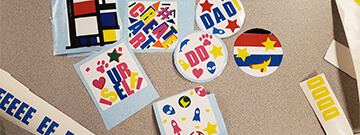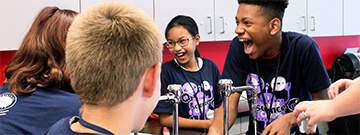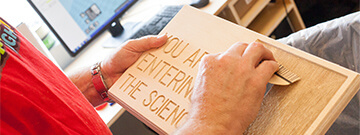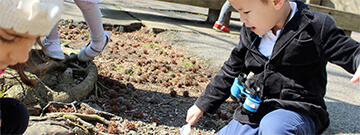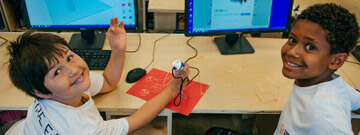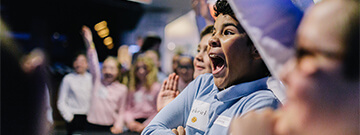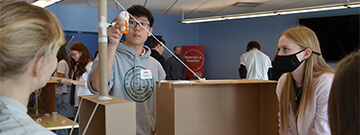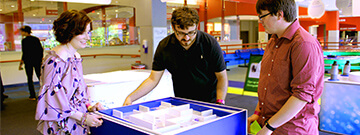EXCITING NEWS! Daniel and Carole Kamin have made a transformational $65 million gift in support of Carnegie Science Center.
In recognition of their amazing gift, the Science Center will be renamed the Daniel G. and Carole L. Kamin Science Center.
features
Late Night Lasers
Late Night Lasers
April 19–20
Pink Floyd: The Wall (1982)
Pink Floyd: The Wall (1982)
April 20 at 7 pm
Rated R
21+ Night: Wild Night Out
21+ Night: Wild Night Out
Fri., May 10
6–10 pm
You Rock Science
You Rock Science
Sat., May 11
10 am–3 pm
Celebrating Inclusion, Diversity, Equity, and Accessibility
Celebrating Inclusion, Diversity, Equity, and Accessibility
Join Our Team
Join Our Team
Pricing & Tickets
Pricing & Tickets
Special Offers and Discounts
Special Offers & Discounts
The Rangos Giant Cinema
The Rangos Giant Cinema
Membership
Membership
Plan Your Event!
Plan Your Event!
Celebrating Inclusion, Diversity, Equity, and Accessibility
Celebrating Inclusion, Diversity, Equity, and Accessibility
programs
Maker Mondays
Maker Mondays
Mon., April 22
12:30–2:30 pm
Summer Camps
Summer Camp registration is open. Check out the camp offerings!
Wonder Workshops: Terrariums
Wonder Workshops: Terrariums
Sat., April 20
Fab Lab Senior 101 Workshops (ages 65+)
Fab Lab Senior 101 Workshops (ages 65+)
Thurs., May 2
12:30–2:30 pm
Preschool Semesters
Preschool Semesters
Thursdays, March 7–May 23
Fab Lab 101 Workshops
Fab Lab 101 Workshops
for schools
Field Trips
Field Trips
Explore K-12 on-site opportunities!
STEM Events and Competitions
STEM Events and Competitions
Explore fun, impromptu challenges that encourage creativity!
Bring Science to You (SOR)
Bring science to your school!
Sign up for Educator program
Sign up for Educator program
eNews updates

Read our new teen blog!
Carnegie Science Center depends on financial support from the community, especially now.
Your support will ensure that we continue to delight, educate, and inspire through interactive experiences in science and technology. Thank you for your generosity. Learn more about Levels of Giving ![]() for all Carnegie Museums of Pittsburgh.
for all Carnegie Museums of Pittsburgh.






